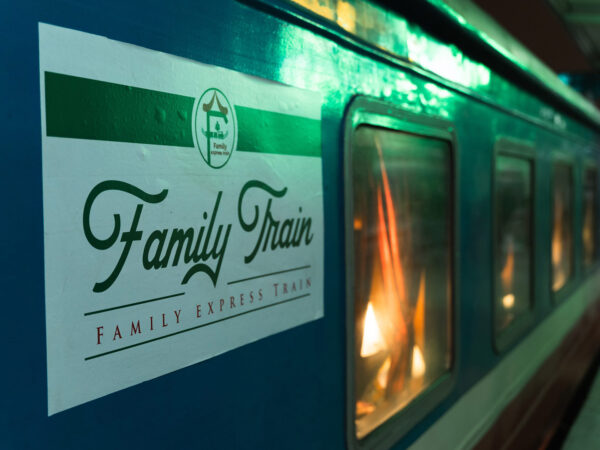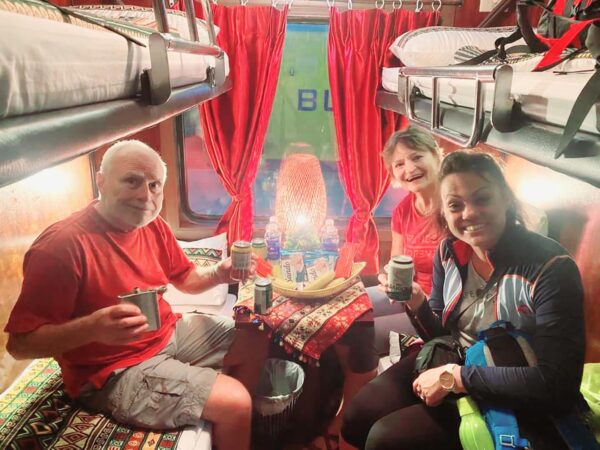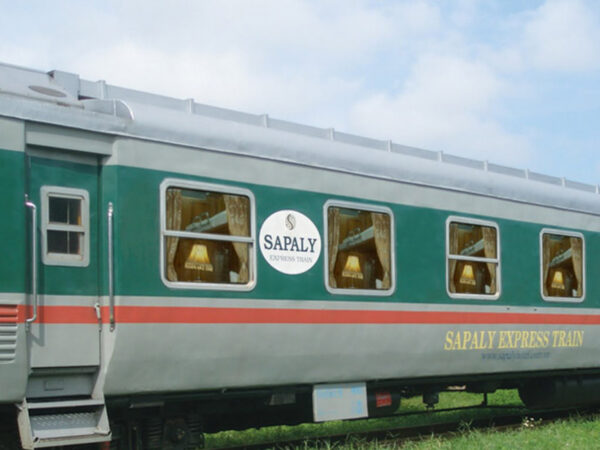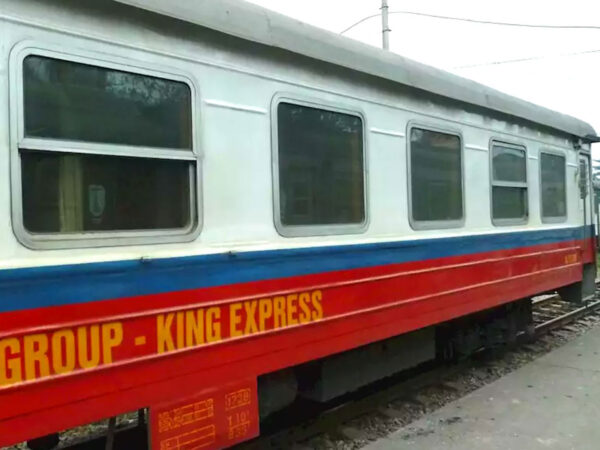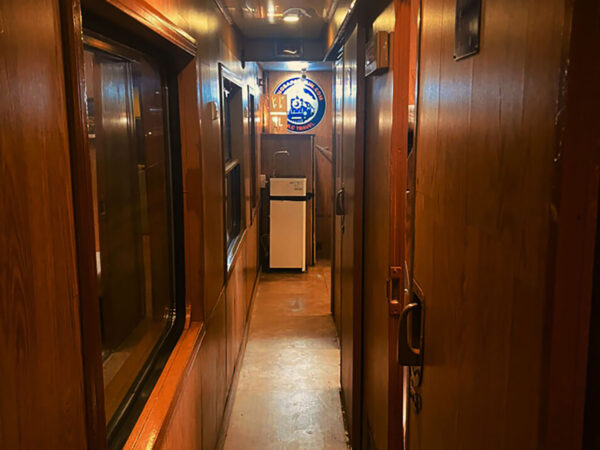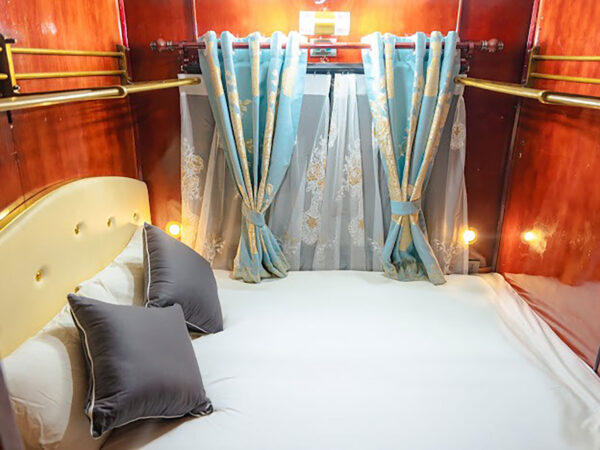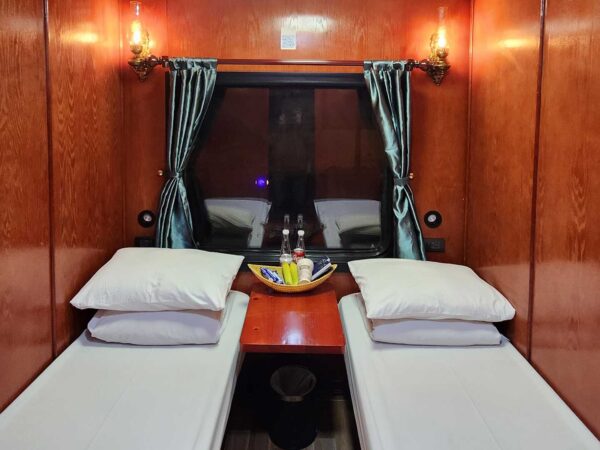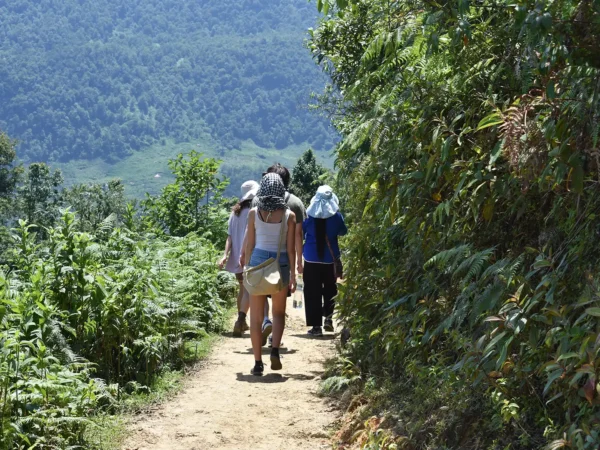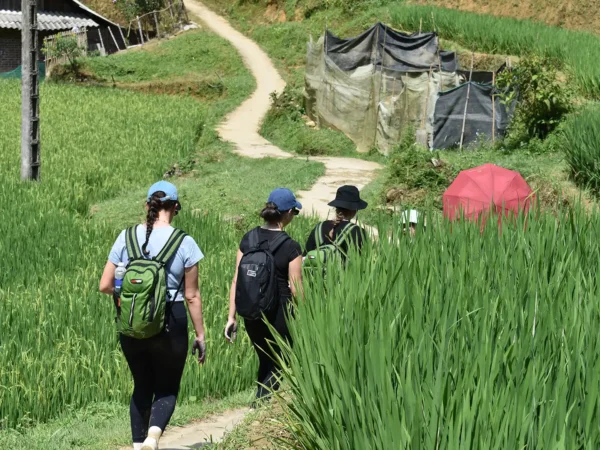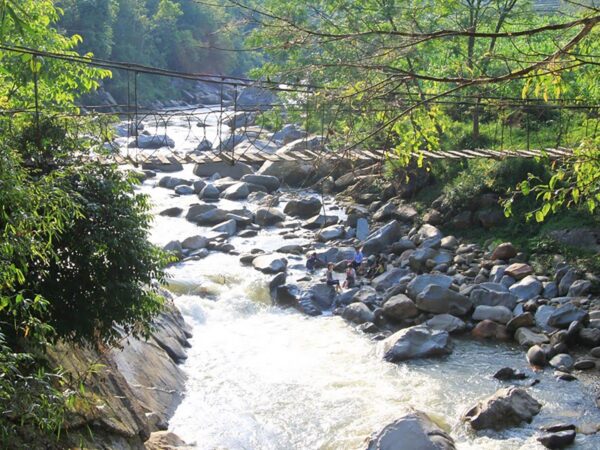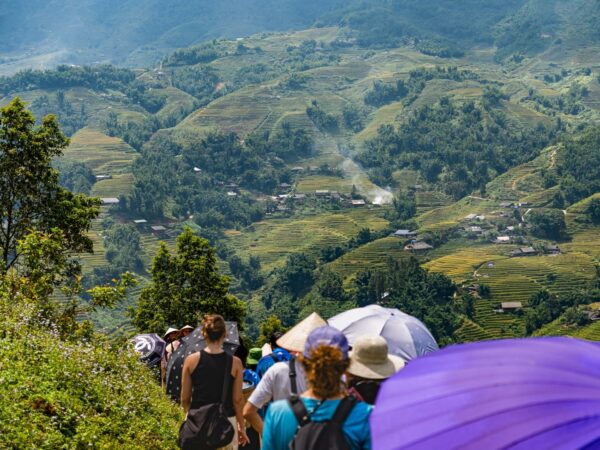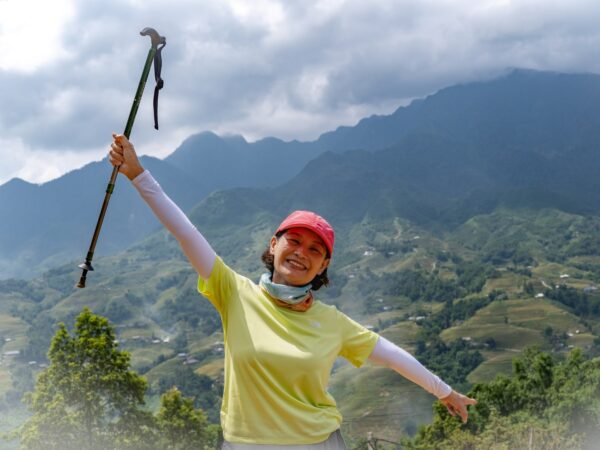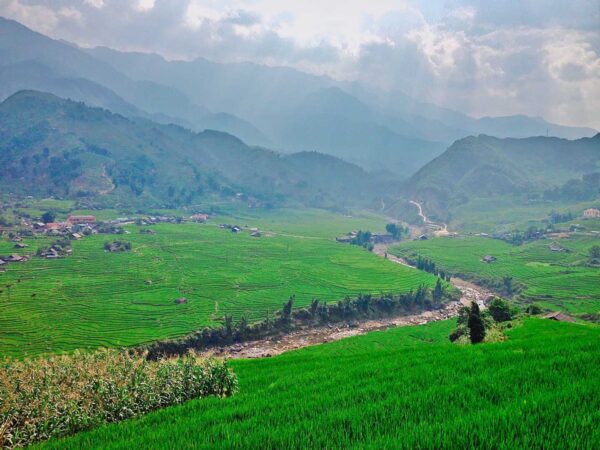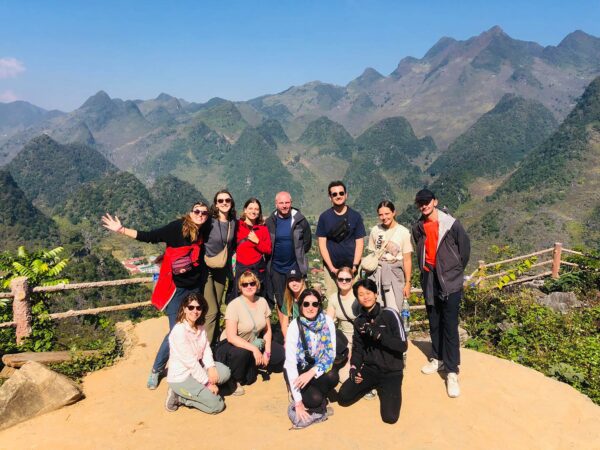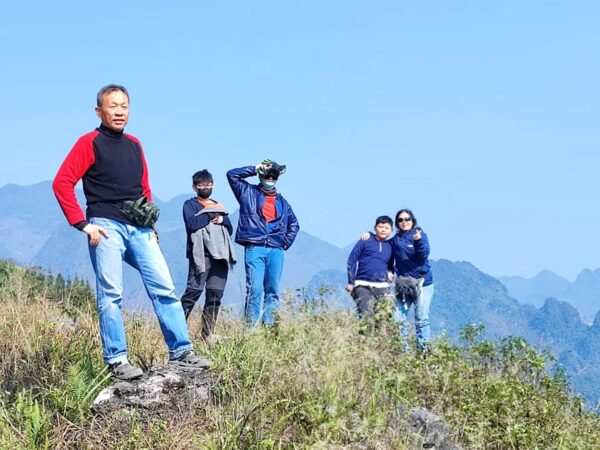Sapa or Ha Giang: Unlock Your Perfect Travel Paradise
Trying to decide between Sapa or Ha Giang for your next adventure? Both destinations offer unique charms and breathtaking landscapes. In this article, we’ll explore the highlights of each location, helping you make an informed decision based on your preferences. Whether you’re drawn to the terraced rice fields of Sapa or the rugged beauty of Ha Giang’s mountains, we’ll guide you through the factors to consider to ensure an unforgettable travel experience.
Below is a table listing some of the major differences between Sapa or Ha Giang:
| Sapa | Ha Giang | |
| Accessible Transportation | It is more easily accessible than Ha Giang | Difficult to access because of difficult terrains |
| Accommodation | A wide variety of lodging choices from luxury to 2-star hotels | Homestays and simpler 1 to 3-star hotels |
| Scenery | Many Valleys, terraced rice fields, and traditional villages | Majestic mountain ranges, deep valleys, and winding roads |
| Authenticity Charm | More commercialized towns | Untouched beauty and numerous ethnic villages |
| Ethnic Minorities Interaction | Interact naturally with tourists. | Ethnic minorities are reserved and shy |
| Activities | Many options to select | Fewer options |
Similar Things Between Sapa vs Ha Giang
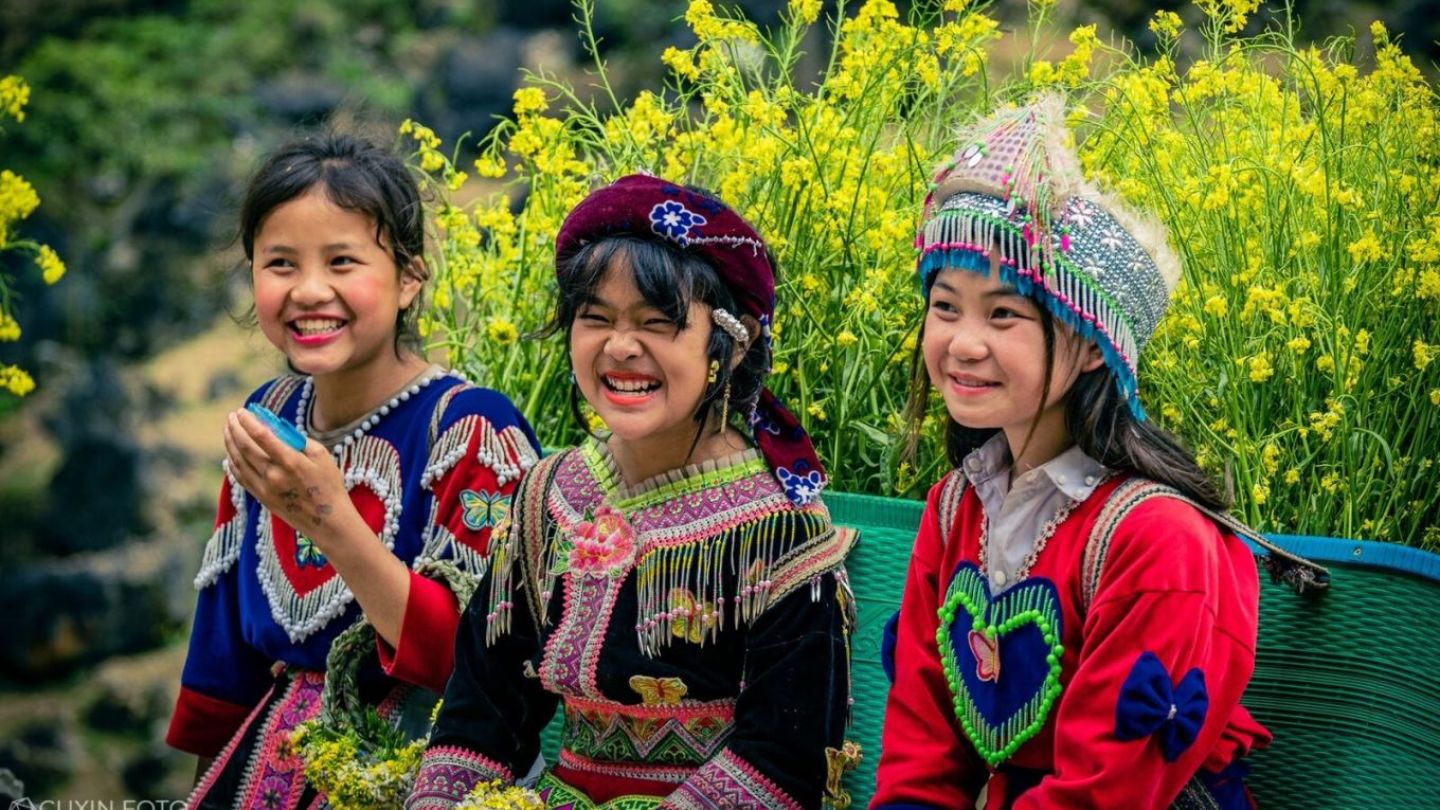
Sapa or Ha Giang features vibrant ethnic markets where various hill tribes like the Hmong, Dao, Tay, Giay, Lu, and La Chi gather, offering a chance to experience their unique cultures. These markets are known for their vivid colors and aromatic scents, reflecting the rich cultural traditions of the mountain communities.
Ha Giang, in particular, hosts some of northern Vietnam’s most picturesque markets, including Dong Van, Meo Vac, Hoang Su Phi, and the annual love market in Khau Vai, which is a highlight for visitors seeking authentic cultural experiences in the region.
A Deep Comparison Between Sapa or Ha Giang
Sapa, with its well-developed tourism infrastructure and easier accessibility. On the other hand, Ha Giang attracts adventure enthusiasts with its raw, untouched beauty and rugged terrain. Here are some key differences between Sapa or Ha Giang:
Accommodation
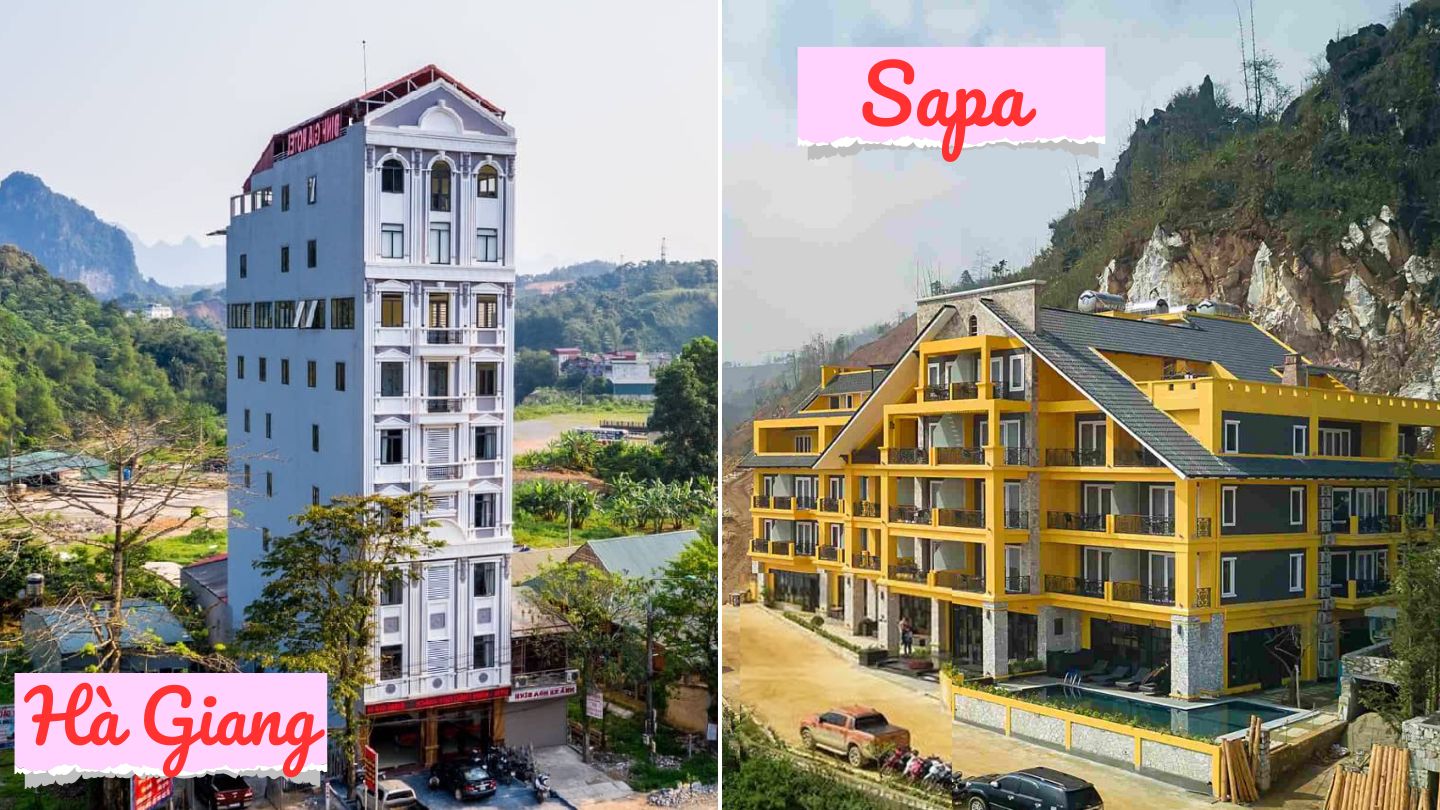
Winner: Sapa
When considering accommodation options between Sapa and Ha Giang, Sapa stands out as Northern Vietnam’s premier tourist destination, boasting a wide variety of lodging choices. Whether you prefer quaint homestays, luxurious 5-star resorts, or charming boutique hotels, Sapa offers something for every traveler’s taste and budget.
Related articles:
- Top 5+ 5-Star Accommodation in Sapa for Ultimate Comfort
- Mega View Homestay: A Close-Up Look at Sapa’s Accommodation
- Discover Sapa Jungle Homestay: A Complete Guide and Review
- Paos Sapa Hotel: A Detailed Look at Luxury in the Highlands
In contrast, Ha Giang’s accommodation scene is more modest, mainly comprising homestays and simpler 1 to 3-star hotels. Ha Giang provides a more intimate and community-focused lodging experience, ideal for travelers seeking authenticity and a closer connection to the region’s culture and landscapes.
Accessible Transportation
Winner: Sapa
Sapa sits 1,600 meters high on the Hoang Lien mountainside, about 320 kilometers from Hanoi. For a comfortable and time-efficient journey to Sapa, consider taking the overnight train from Hanoi to Lao Cai Town near the Chinese border. From Lao Cai, it’s an hour by road to reach Sapa’s elevated location. There are various cabin classes available on the train Hanoi to Sapa to ensure your comfort. Alternatively, with the new highway, Sapa is now only a 6-hour drive from Hanoi by bus or car.’
Ha Giang, situated 300 kilometers away from Hanoi, requires traversing rugged terrain, resulting in a journey that spans between 7 to 9 hours. While an overnight Sapa to Ha Giang bus offers a quicker option, it often sacrifices comfort, which may not meet the expectations of many travelers seeking a more pleasant journey experience.
Scenery
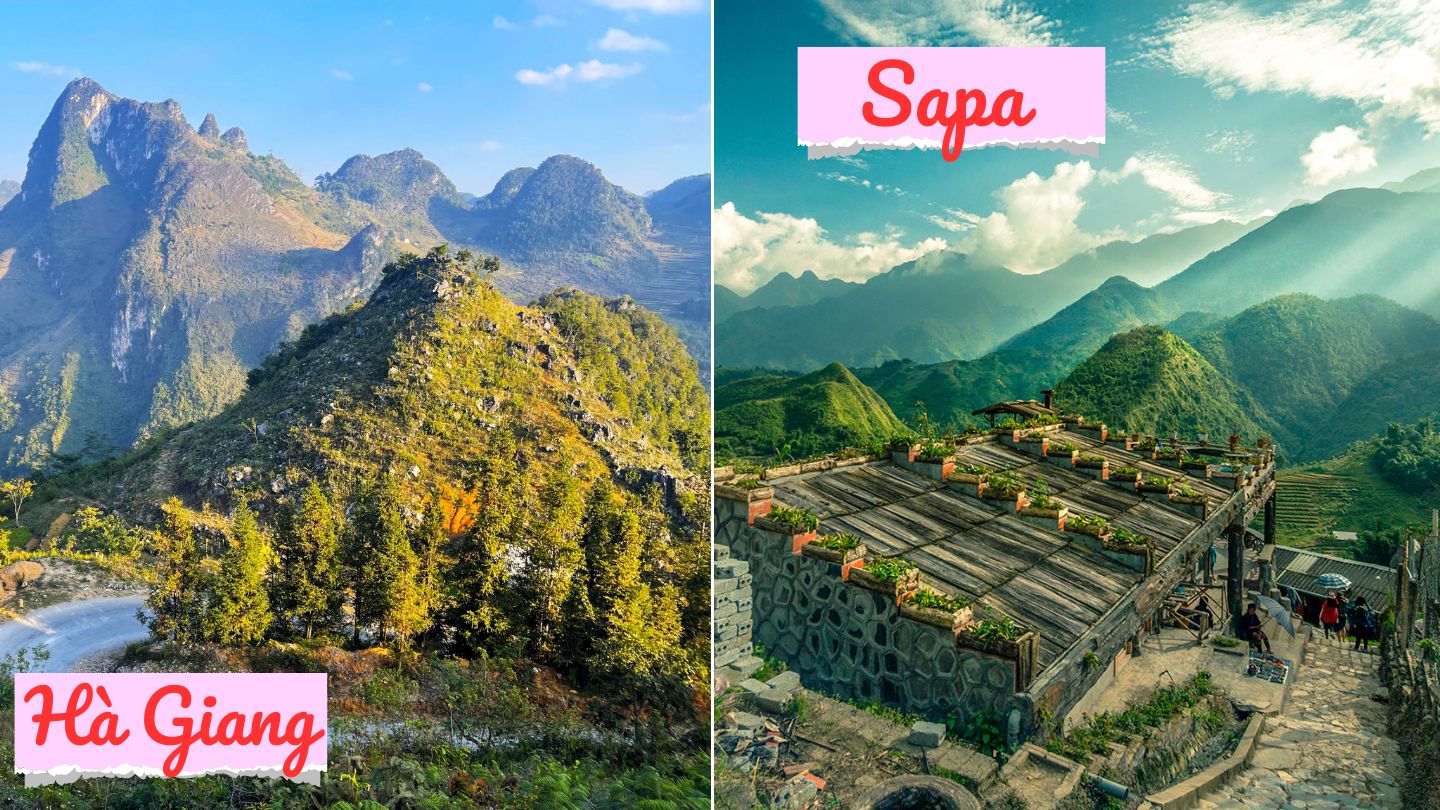
Winner: Ha Giang
When comparing the scenery of Sapa or Ha Giang, both offer stunning landscapes but with distinct characteristics. Sapa showcases picturesque peaks and the serene Muong Hoa valley, famous for its Vietnam rice fields and traditional villages of ethnic minorities.
In contrast, Ha Giang impresses with its expansive and rugged terrain, featuring majestic mountain ranges, deep valleys, and winding roads that lead to breathtaking viewpoints. The scenery in Ha Giang is renowned for its vastness and natural beauty, providing adventurers and nature lovers alike with unforgettable experiences amidst Northern Vietnam’s captivating landscapes.
Authenticity Charm
Winner: Ha Giang
Comparing the authentic charm of Sapa or Ha Giang reveals differences in their tourist appeal. While Sapa’s main town has become more commercialized over time, its surrounding villages still retain their authentic character, inhabited by indigenous communities that offer a glimpse into local traditions.
In contrast, Ha Giang stands out for its untouched beauty and numerous ethnic villages, less visited by tourists. Here, travelers can experience a raw and genuine atmosphere, away from the more popular routes. Exploring Ha Giang’s hidden gems provides a unique opportunity to immerse oneself in the daily life and cultural richness of Vietnam’s northern highlands, making it a preferred choice for those seeking authenticity and tranquility.
Ethnic Minorities Interaction
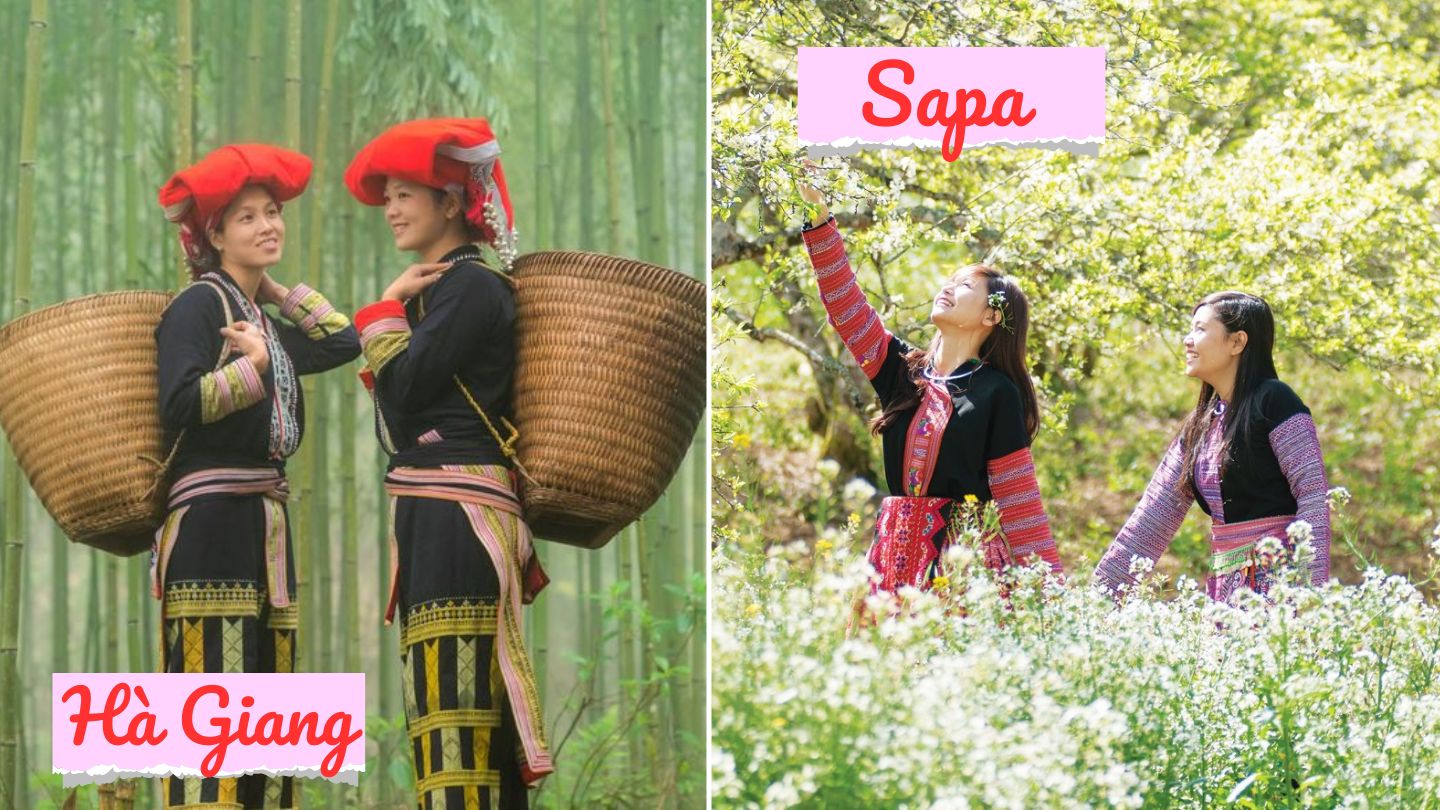
Winner: Sapa
Comparing interactions with ethnic minorities in Sapa or Ha Giang reveals contrasting experiences. In Sapa, interactions often involve locals who are quite accustomed to tourists, actively engaging in selling crafts and offering guided tours. They are generally more outgoing and accustomed to sharing their culture with visitors.
In contrast, interactions with ethnic minorities in Ha Giang are typically more reserved and shy. The people here maintain a quieter demeanor, offering a more intimate and authentic experience for those interested in cultural immersion.
Activities
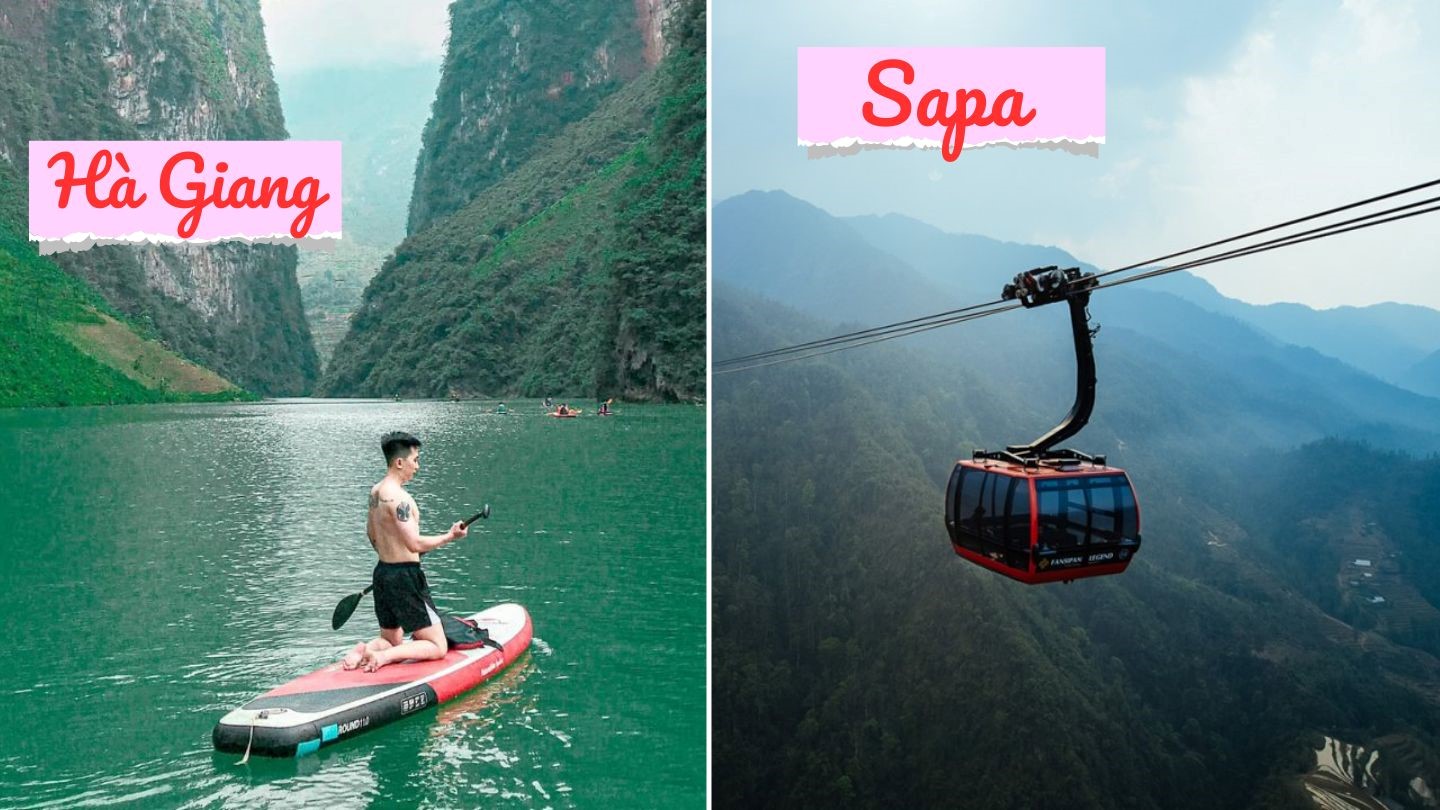
In terms of activities, Sapa offers a wide range of options. When you hike through the picturesque landscapes of Sapa’s Vietnam rice fields, it creates an unforgettable memory for anyone who visits. Sapa is home to Fansipan Mountain, the tallest peak in Vietnam and the highest point in the Indochina region, standing at an impressive altitude of 3,143 meters. You can challenge yourself by embarking on a multi-day trekking tour to conquer its summit or opt for a more relaxed experience by taking a cable car ride to reach the top and revel in the breathtaking panoramic views offered from there.
Ha Giang, however, focuses primarily on its scenic loop road, offering fewer and less developed trekking opportunities compared to Sapa. It’s also renowned for the Dong Van Karst Plateau Geopark, which was designated a UNESCO Global Geopark in 2010. This geological wonderland features limestone mountains, stone villages of ethnic minorities, and the famed Ma Pi Leng Pass offering mesmerizing views of Tu San Canyon and the Nho Que River.
Conclusion
Deciding between Sapa or Ha Giang boils down to what kind of adventure you crave. Sapa charms with its picturesque terraced fields and cultural experiences, ideal for a relaxed exploration. Ha Giang, known for its rugged landscapes and ethnic diversity, suits those seeking more adventurous journeys. Whether you prefer peaceful vistas or thrilling trails, both destinations offer unique glimpses into Vietnam’s beauty and culture. Whichever you choose, you’re in for a memorable experience filled with natural wonders and rich traditions.
FAQs
Is it worth going to Ha Giang?
It was totally worth it! Our four-day Ha Giang Loop tour with Dinh and Hieu was a highlight of our Vietnam trip. They were excellent drivers who knew the best routes and sites, giving us plenty of flexibility for stops and ensuring we enjoyed every moment, no matter the weather.
Should I visit Sapa or Ha Giang?
If you’re short on time and want a comfortable experience, Sapa is the way to go. However, if you can take your time, Ha Giang is the better choice for exploration.
Are Sapa and Ha Giang Loop similar?
Ha Giang is known for its scenic loop, but Sapa has so much more to offer. You can enjoy everything from day hikes to longer treks, climb Fansipan, take a cable car, go mountain biking, explore beautiful landscapes, or relax by an infinity pool with stunning views of rice terraces.


